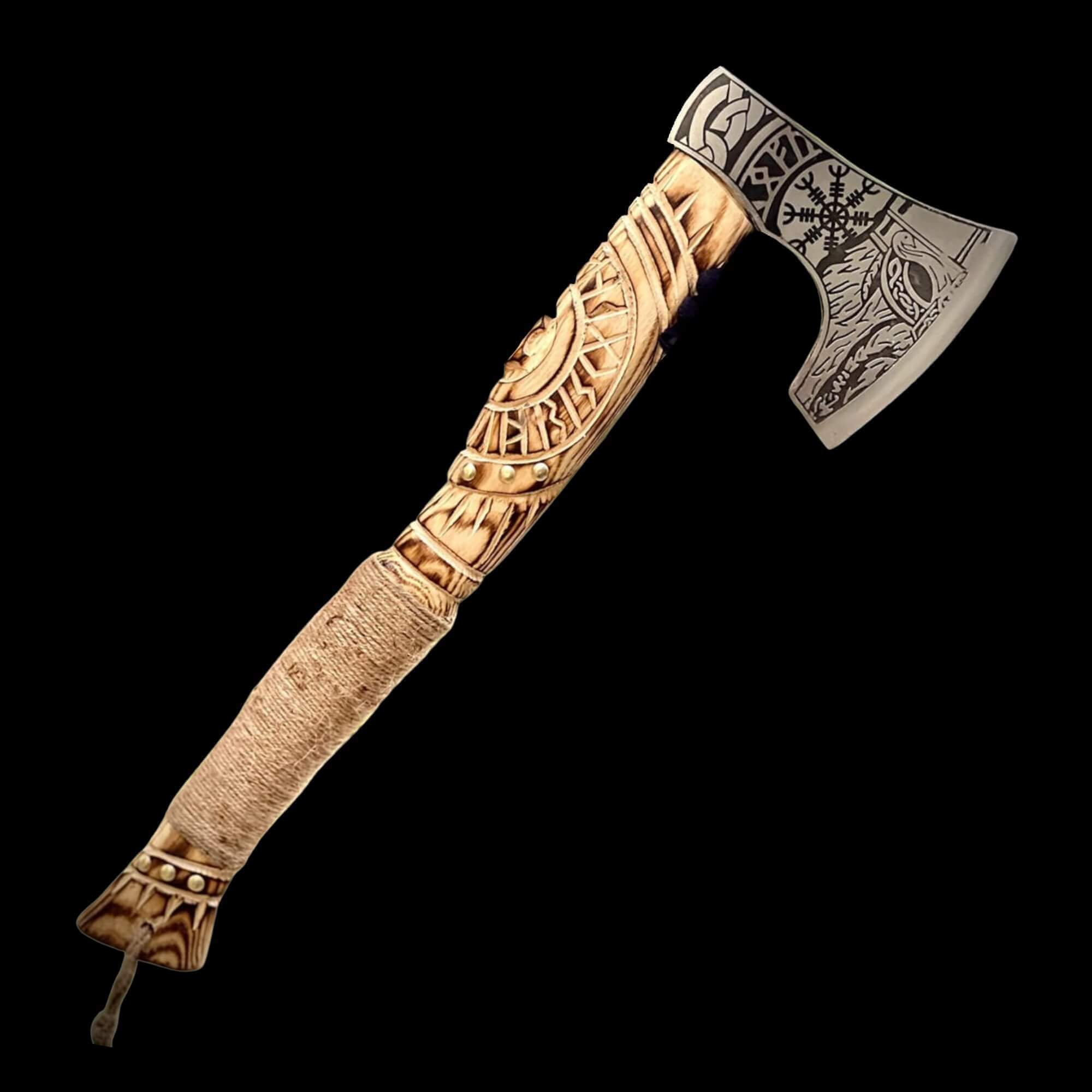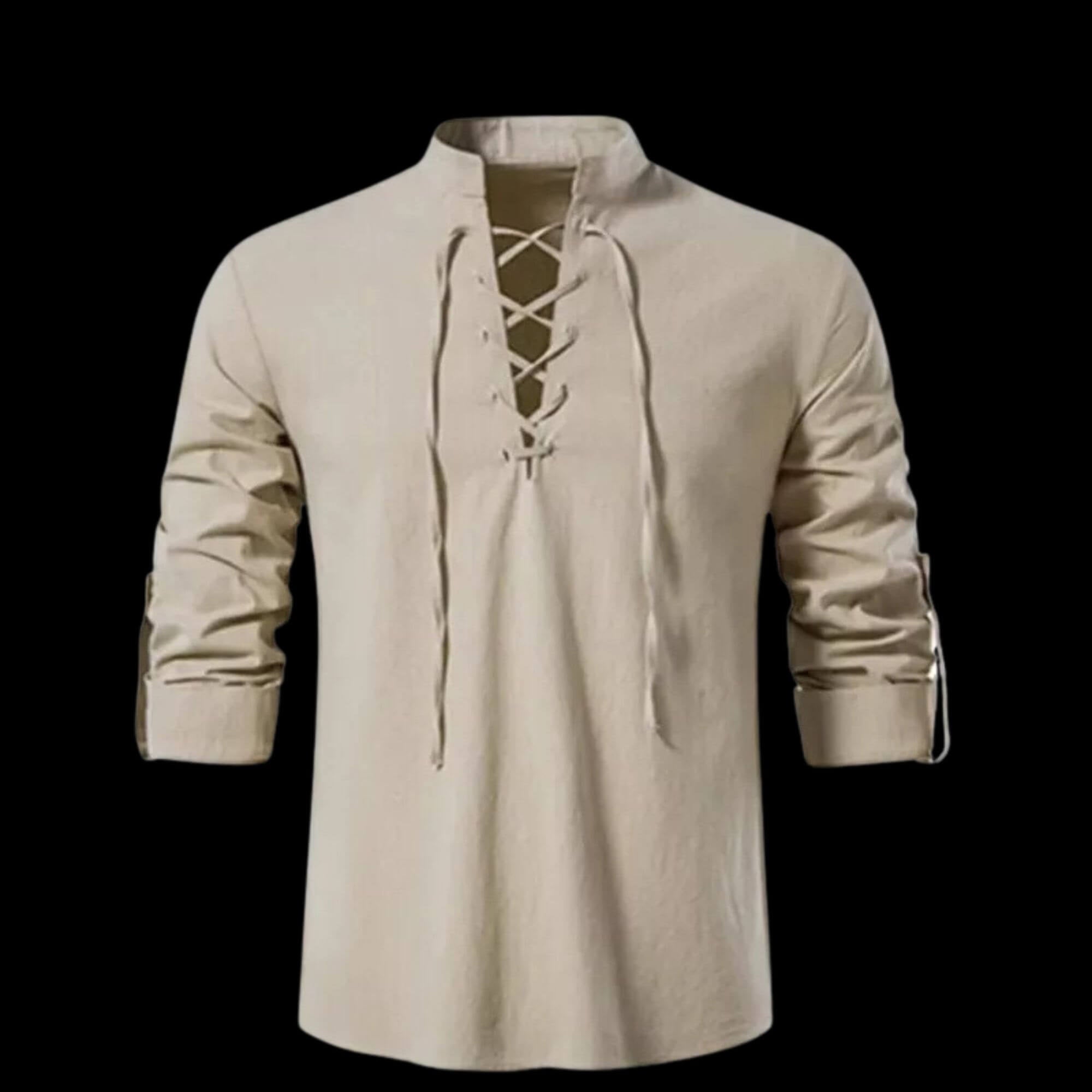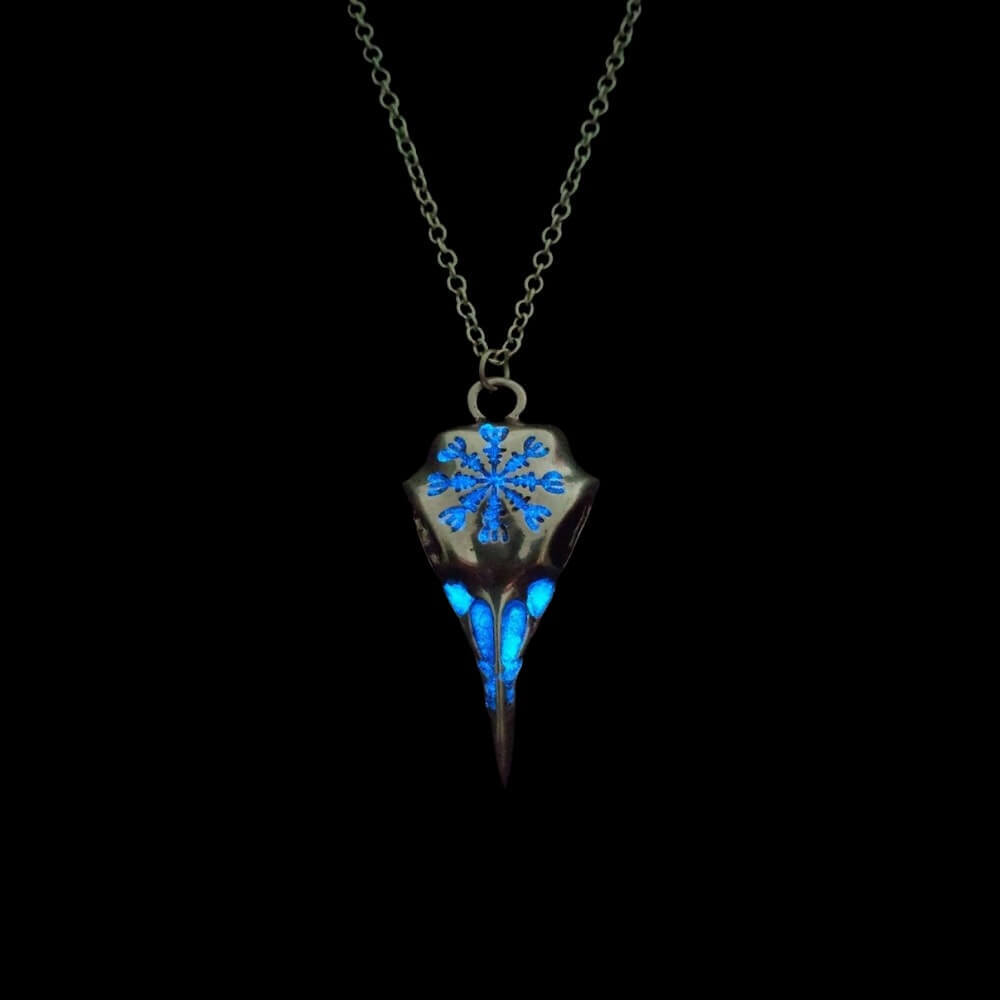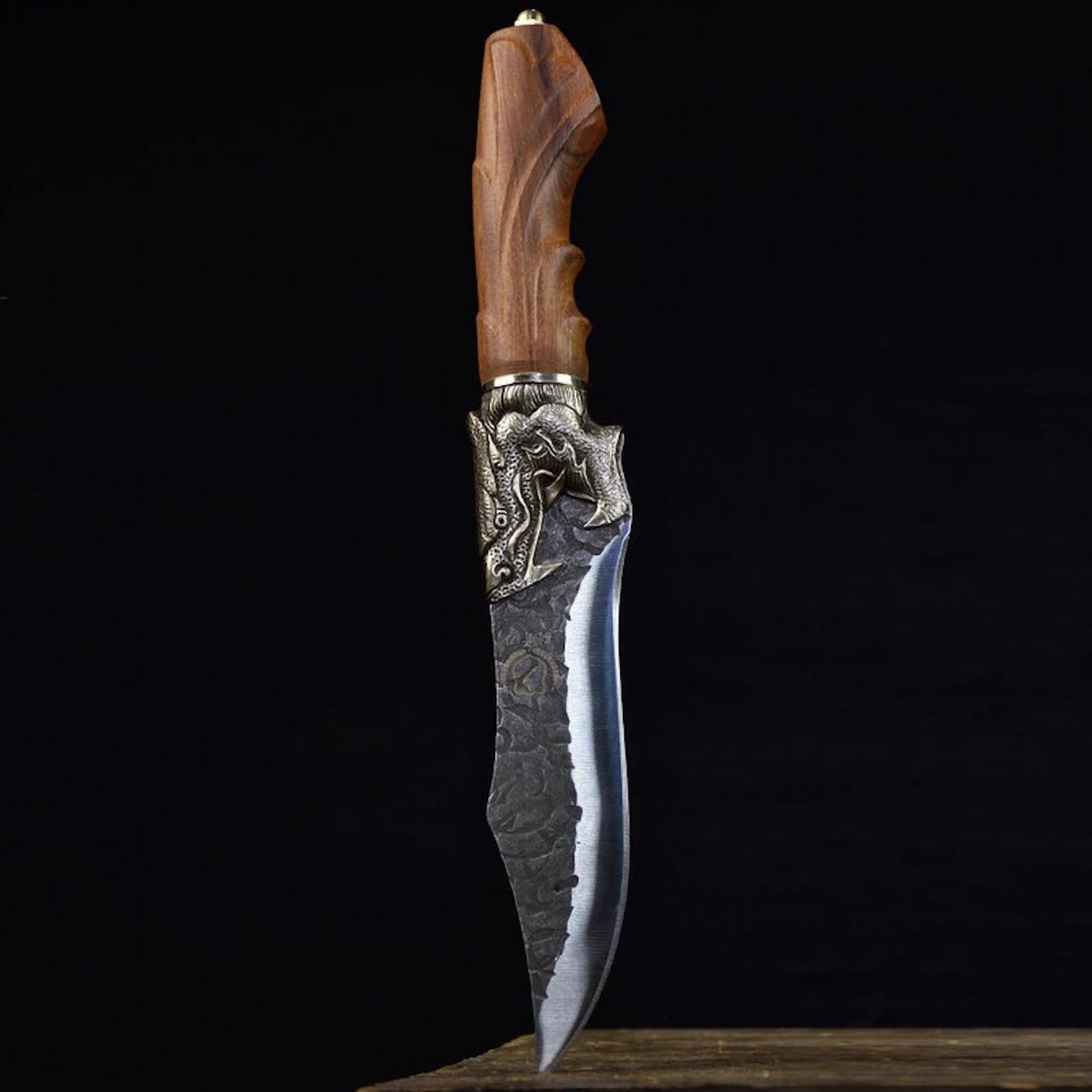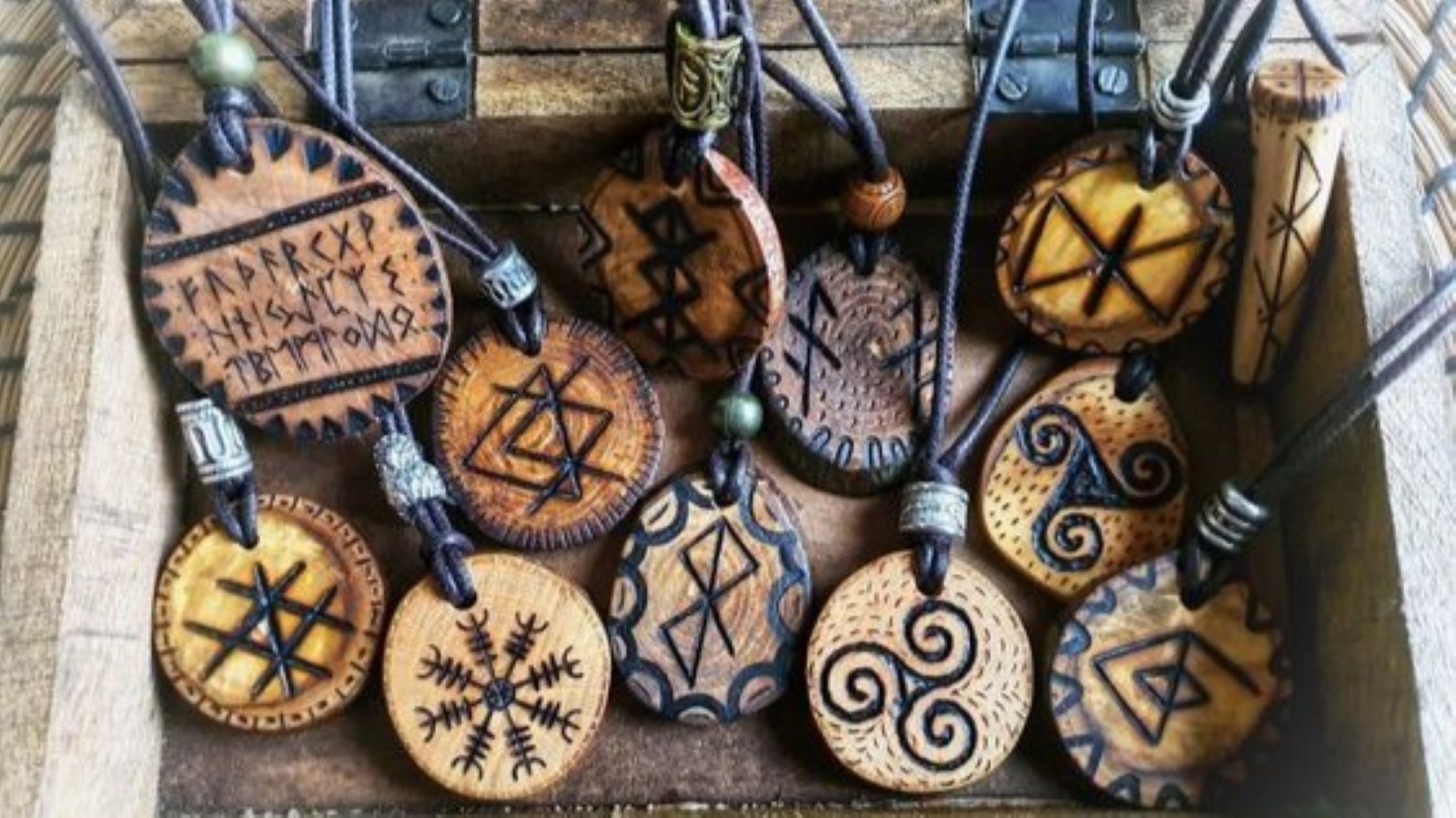
The Legacy of Viking Jewelry: A Testament to Craftsmanship and Power
When we think of the Vikings, we often picture fierce warriors, brave seafarers, and relentless conquerors. But beneath their battle-hardened exteriors, the Vikings were also master artisans, crafting exquisite jewelry that reflected not just their skill, but their identity, beliefs, and values. Viking jewelry wasn’t just about decoration, it was a living expression of the world they inhabited and the forces they revered.
The Vikings were incredibly resourceful, using the natural world around them to craft their adornments. The metals they chose were more than just practical materials; they were imbued with deep symbolic significance. Gold, the most precious of all, signified wealth and high status. It was reserved for the most elite members of Viking society—chieftains, warriors of high rank, and the noble class. Silver, more commonly used, symbolized purity and protection and was often worn by those seeking to ward off malevolent spirits or gain favor from the gods.
The Vikings also incorporated other materials into their designs. Bronze and iron were common metals, used for everyday wear. Meanwhile, amber, prized for its warm golden hue, was believed to contain the sun’s energy, offering strength, vitality, and luck to the wearer. Garnets were thought to possess mystical properties, bringing courage and protection in battle.
Crafting Masterpieces: Viking Techniques
The process of creating Viking jewelry was nothing short of an art form. Their craftsmanship was a skill passed down through generations, with each artisan learning techniques that had been honed over centuries.
-
Forging and Shaping: Skilled blacksmiths would begin by heating metals to make them malleable, using hammers to shape them into intricate designs. Thin metal sheets were transformed into cuffs, rings, and pendants, while wire was delicately twisted to form complex patterns.
-
Casting Techniques: For more elaborate pieces, the Vikings employed casting, a technique where molten metal was poured into molds made of stone or clay. This method allowed for intricate details to be captured in the metalwork, from intricate knotwork patterns to animal motifs.
-
Etching and Engraving: Many pieces featured engraved runes—ancient symbols that conveyed meanings of protection, strength, or loyalty. Some also bore the Vegvísir, a compass symbol believed to guide the wearer through storms, or Thor’s hammer, a protective amulet to invoke the god’s power.
-
Filigree and Gem Setting: Delicate filigree work, which involved twisting fine strands of metal to create ornate designs, added depth and texture. This technique, combined with the careful setting of gemstones, turned each piece into a work of art with layers of meaning. Stones like amber, garnet, and rock crystal were meticulously placed, believed to harness the mystical energies of the earth.
For the Vikings, jewelry was much more than just adornment—it was a window into their soul. Amulets were worn for protection, with many believing these pieces could ward off evil spirits or help gain the favor of the gods. Thor’s hammer pendants were particularly popular, worn by warriors to invoke the god’s strength and protection in battle.
For women, jewelry often symbolized their family’s wealth and social standing. Brooches held their garments together but were intricately designed and often studded with precious stones, symbolizing their clan’s power and the wearer’s role within it.
The Valknut, a symbol of three interlocking triangles, was thought to represent the afterlife and was worn by those seeking courage in the face of death. Women may have also worn Valkyrie amulets, symbolizing the warrior maidens who guided the souls of fallen heroes to Valhalla.
Though centuries have passed since the Viking Age, their legacy endures in the craftsmanship of modern artisans who continue to draw inspiration from Norse designs. Today, Viking-inspired jewelry is sought after not only for its beauty but for the stories it tells. Whether you’re drawn to the strength of a Thor’s hammer pendant, the protection of a Vegvísir, or the mystical energy of an amber ring, each piece serves as a tangible connection to a time when craftsmanship and symbolism were one and the same.
Modern interpretations of Viking jewelry allow wearers to carry a piece of history with them, a reminder of the strength, resilience, and creativity of a people who, though often remembered for their conquests, left behind an artistic legacy that continues to inspire.

